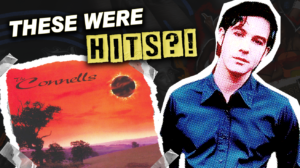
Oasis didn’t just make music—they created anthems that defined British rock for an entire generation. These Manchester legends crafted songs that still fill stadiums and inspire guitarists worldwide. From Noel Gallagher’s masterful chord progressions to Liam’s unmistakable vocals, their catalog remains a goldmine for music lovers seeking authentic rock brilliance. This ranking cuts through decades of debate to spotlight the tracks that showcase why Oasis became more than just a band—they became a cultural phenomenon that continues shaping music today.
10. The Masterplan
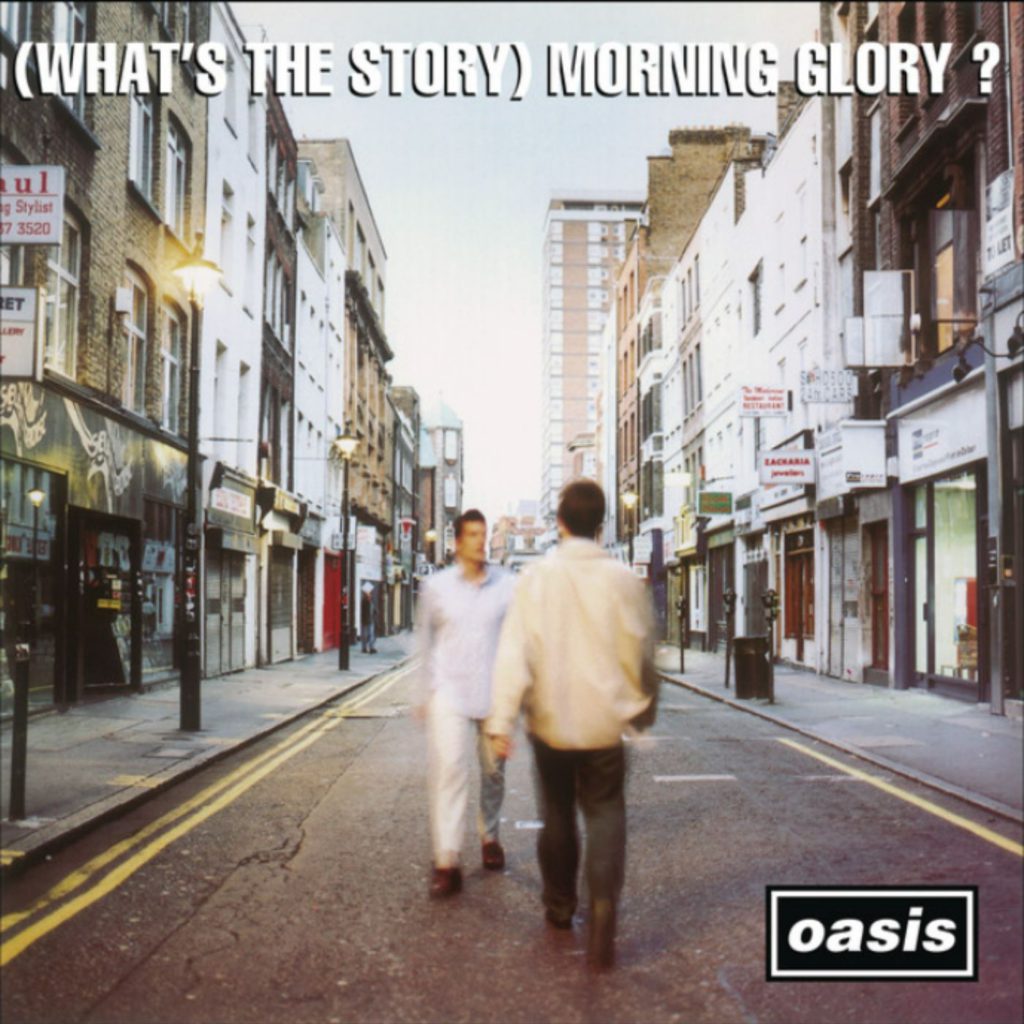
Hidden away as a B-side, “The Masterplan” reveals Oasis at their most sophisticated. That descending chord progression pulls you in immediately, with one note creeping down the fourth string like a musical revelation. Noel switches to C major’s relative key, adding layers that showcase his compositional depth.
The song tackles fate and wisdom with lyrics that hit deeper than most A-sides ever attempt. This track proves B-sides can outshine chart-toppers when genuine creativity meets technical mastery. Every guitarist should study this progression—it’s a masterclass in emotional chord movement that rewards repeated listening.
9. Some Might Say

D major anchors this anthem, but Noel’s D5 power chord with blues inflections transforms the foundation into something special. The progression travels through B minor, B sus2, G, D, and A with mathematical precision that never feels calculated
Their first UK number-one single earned its crown through innovative simplicity. The guitar technique creates raw, anthemic energy that captures British rock’s rebellious spirit. Technical brilliance doesn’t always require complexity—sometimes it means knowing exactly when to strip things down.
8. Morning Glory
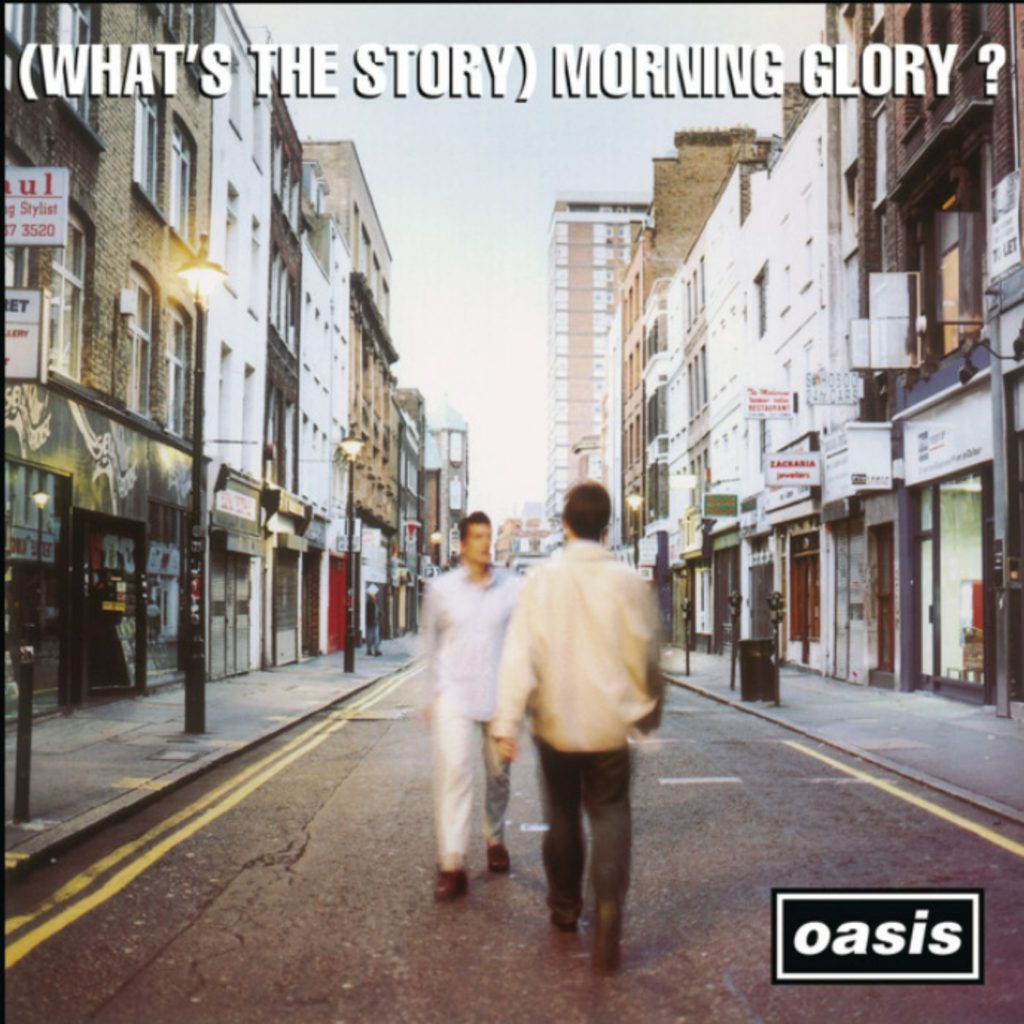
That opening D note bent a full tone to E announces something powerful approaching. The E minor bar chord that follows sets up a progression through Em7, Dsus2, and Am7sus4 that builds relentless momentum.
The title track from their landmark album captures youth’s frenetic energy through carefully layered guitar arrangements. Noel’s multi-tracked approach creates a sonic wall that mirrors the intensity of British rock’s golden era. This song doesn’t just wake you up—it launches you into the stratosphere.
7. Cigarettes and Alcohol
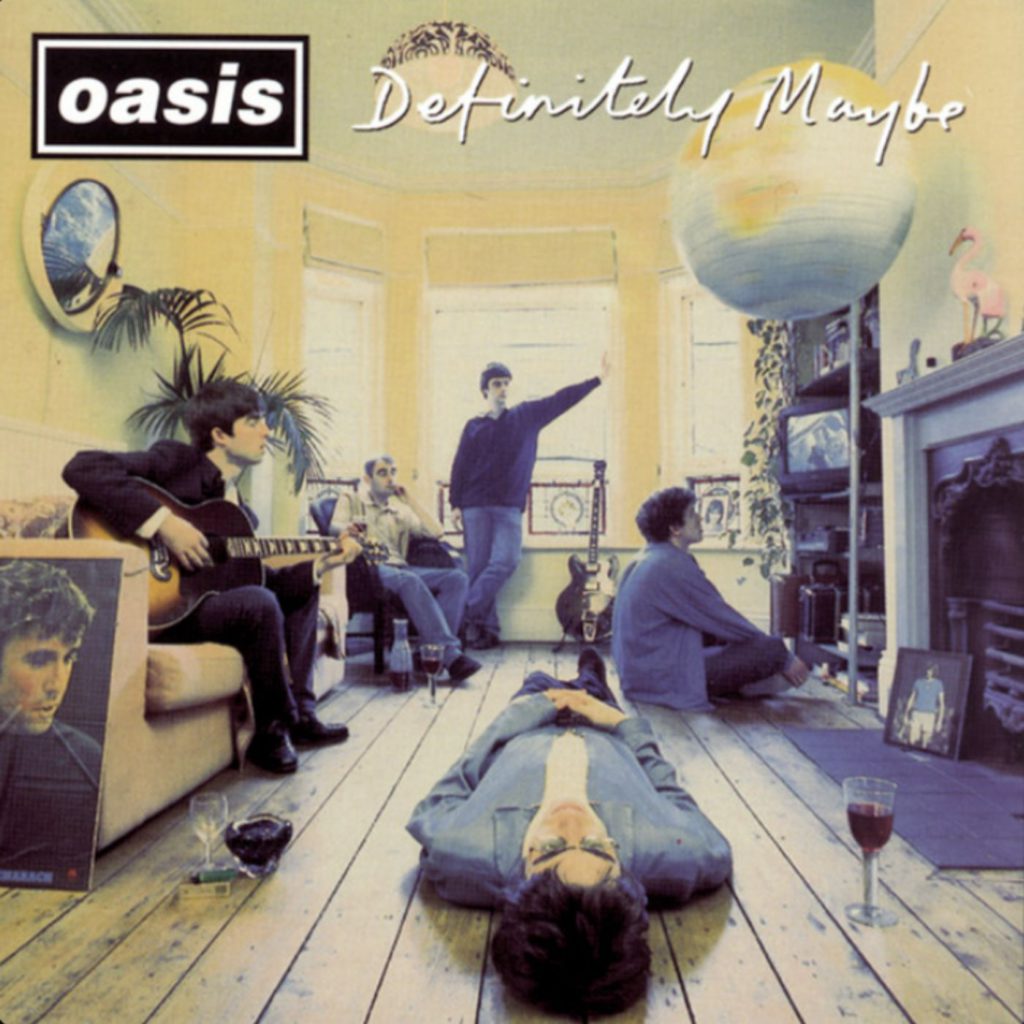
Borrowed from T-Rex’s Get It On,” this riff crackles with rebellious energy that feels completely fresh. Classic rock staples meet blues riffs and octave notes in a combination that screams defiance against polished pop conventions.
The major pentatonic lead solo evokes smoky bars and late-night rebellion. Working-class escapism has rarely sounded this powerful, turning everyday struggles into anthemic release. Raw emotion trumps technical perfection every time—this track proves that swagger can be just as important as skill.
6. Half the World Away
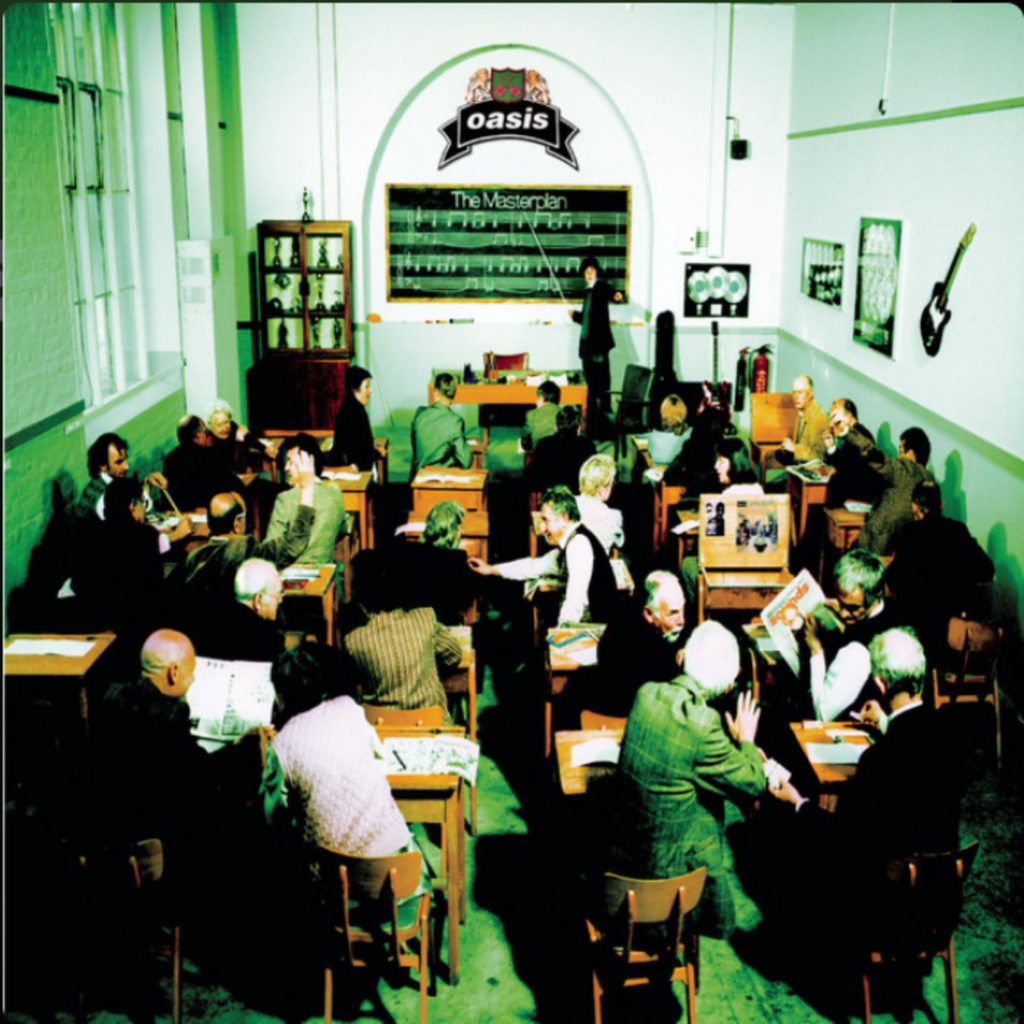
Acoustic mastery starts with the swing strumming pattern: down, down, up, up, down, up. Master the F bar chord, then tackle the F minor position with careful finger placement. This B-side to “Whatever” teaches chord changes through beautiful simplicity.
The song’s reflective lyrics explore themes of longing with understated power. Simple chords paired with advanced strumming create accessible complexity that rewards dedicated practice. Beauty doesn’t require flashy technique—sometimes it just needs honest emotion and solid fundamentals.
5. Supersonic
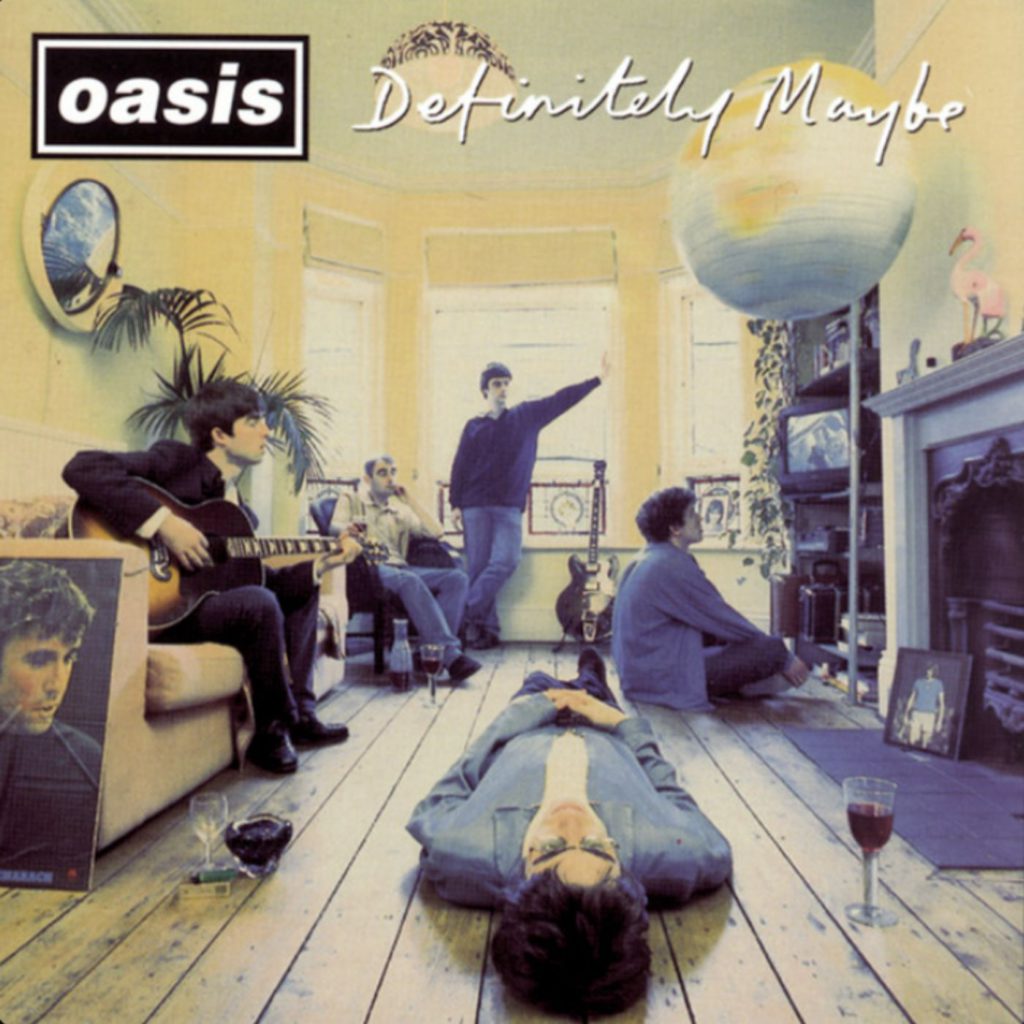
Don’t let complexity myths intimidate you. “Supersonic” becomes manageable once you break down the F#m add11 chord and practice the A major to B7 arpeggiated progression. The A9 core lead line provides the track’s essential character.
This debut single from “Definitely Maybe” announced Oasis to the world with surreal imagery and infectious energy. Hundreds of thousands have learned this track by focusing on individual parts before combining them. Dedication beats intimidation every single time.
4. Live Forever
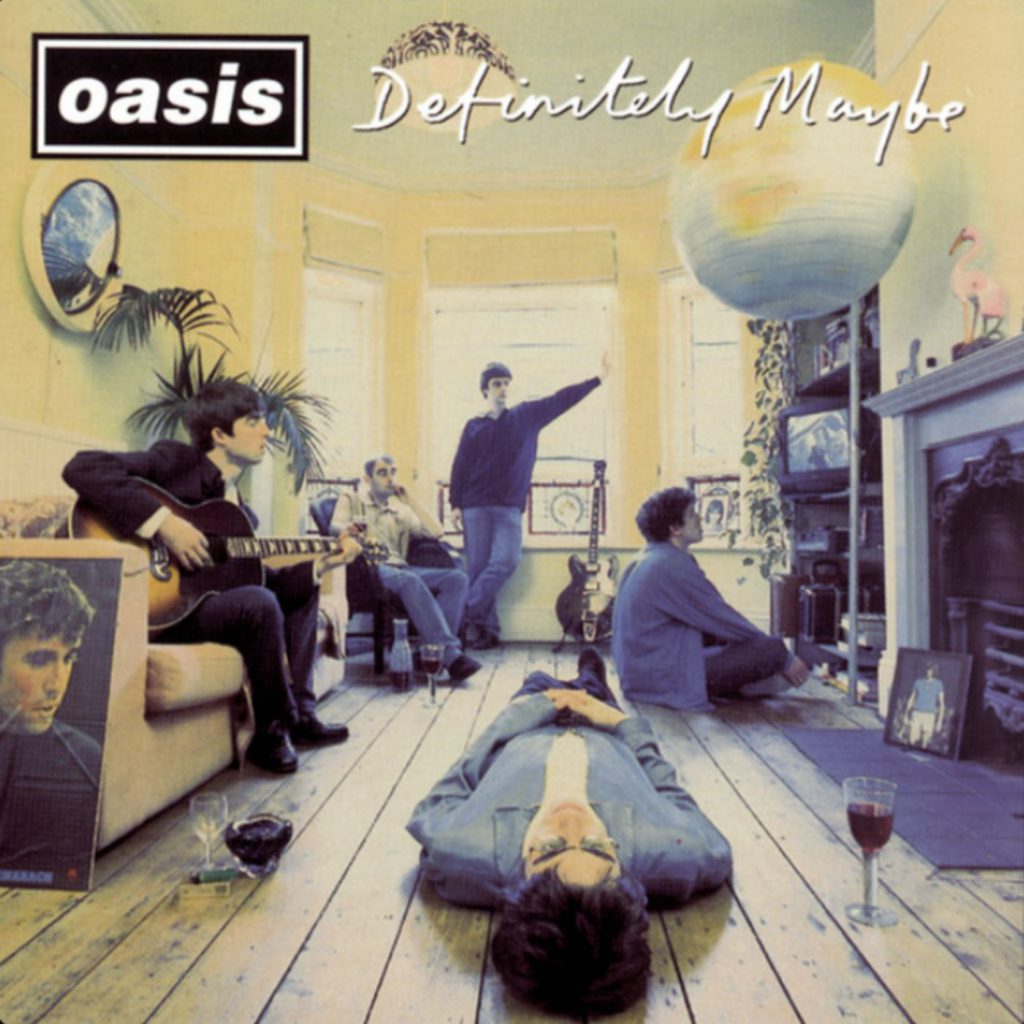
Hope needed an anthem, and “Live Forever” answered the call. The G major foundation—G, D, Am7, C—with Em7 at the start creates optimism that feels genuine rather than forced. The guitar solo weaves G major and E minor pentatonic scales into melodic phrases that inspire rather than impress.
Written as a direct response to Nirvana’s darker themes, this track chose light over shadow. The song helped define a generation’s outlook, proving that rock music could uplift without sacrificing authenticity. Sometimes the most radical thing you can do is choose hope.
3. Champagne Supernova

While “Wonderwall” captures hearts, “Champagne Supernova” transcends earthly concerns entirely. The Asus2 chord with its descending root note—G, F#, E—creates the song’s hypnotic magic. That descent pulls listeners into a swirling soundscape that rivals epic classics.
The closing track of their landmark album leaves lasting impact through ambitious length and dreamlike atmosphere. Ambiguous lyrics invite personal interpretation while the music builds toward something approaching transcendence. This song doesn’t just end an album—it completes a journey.
2. Don’t Look Back in Anger

The E7 over G# chord in the pre-chorus elevates this track from great to legendary. That G major pentatonic solo run channels John Lennon’s “Imagine” while maintaining Oasis’s distinct identity. Stadium-filling energy meets message of forgiveness and optimism.
From sold-out concerts to global singalongs, this track continues resonating across generations. The song encourages moving forward rather than dwelling on past mistakes. Arena rock rarely achieves this level of emotional resonance—it’s anthemic without being empty.
1. Wonderwall
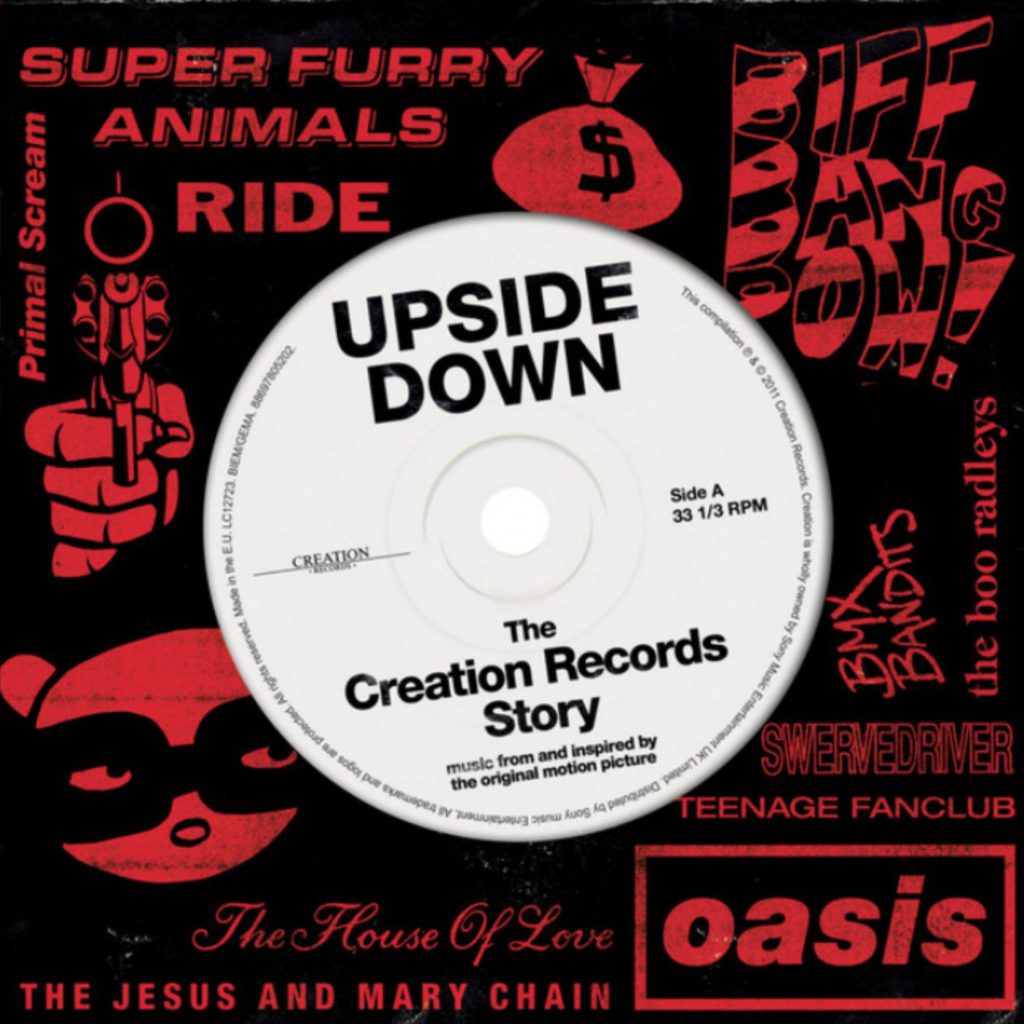
Capo on the second fret transforms these chords into something magical. Em7, G major, Dsus2, and A7sus4 create the progression that defined a generation. The 16th-note strumming pattern demands stamina and smooth movements, but rewards dedication with iconic sound.
Released as the fourth single from their second album, “Wonderwall” became more than a song—it became a cultural touchstone. The track offers hope through honest emotion rather than empty sentiment. Master the technique slowly, then build speed. Some songs are worth the effort required to play them properly.




